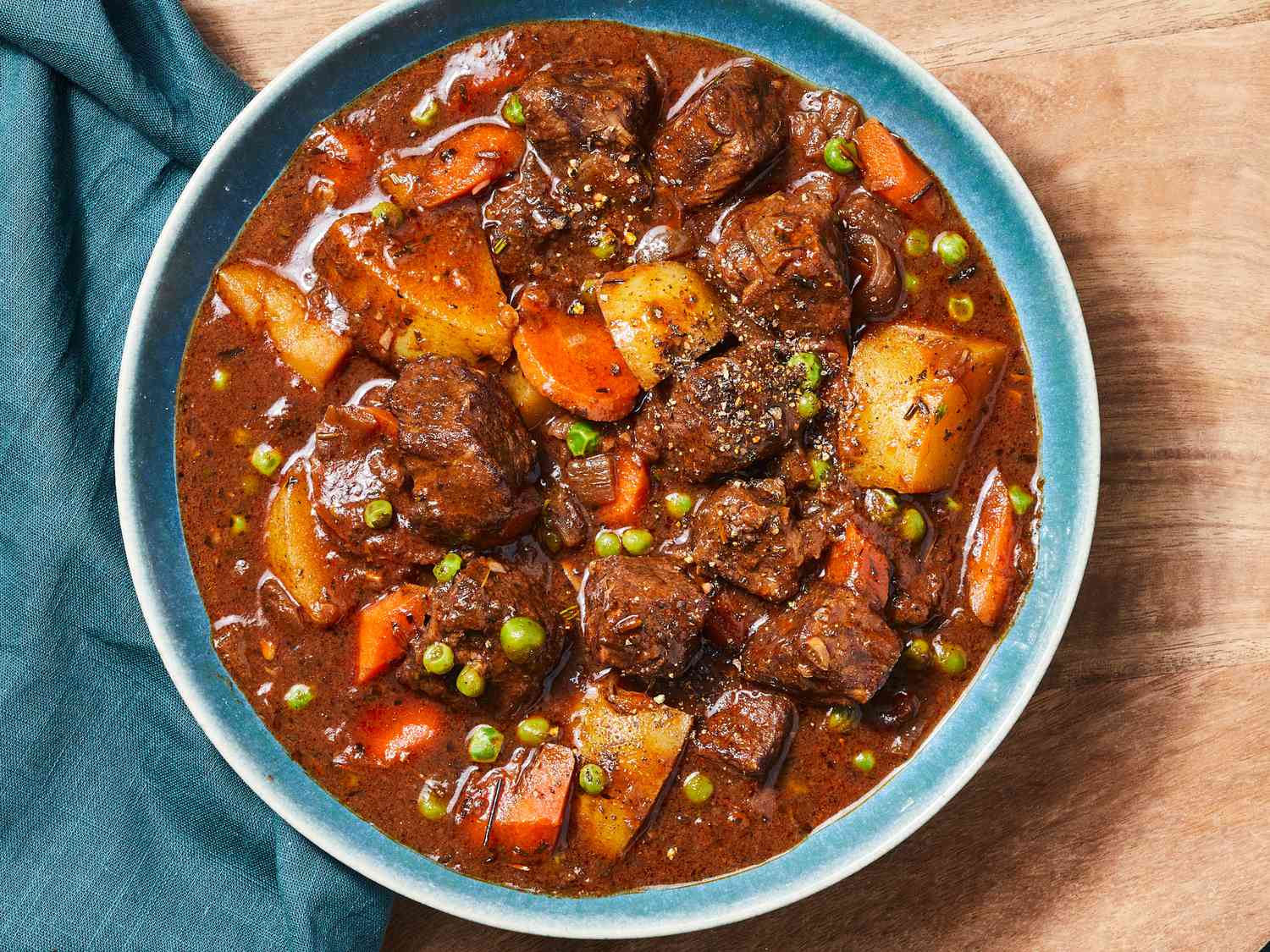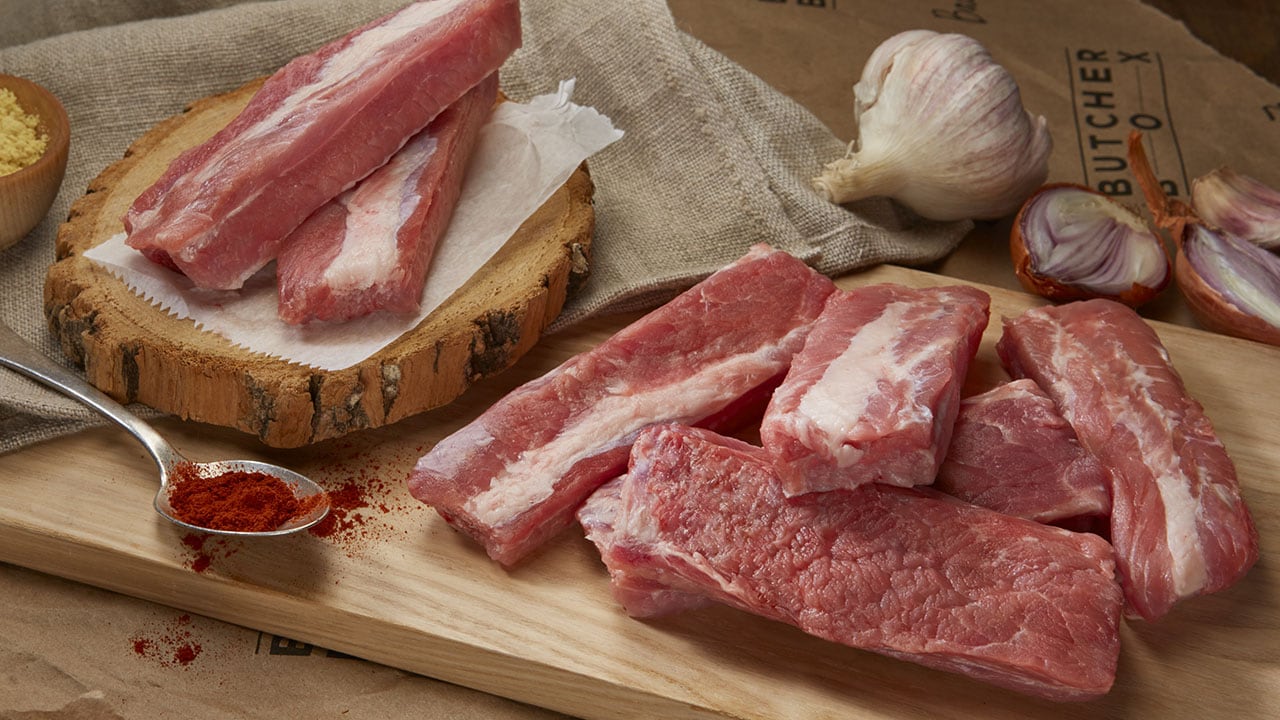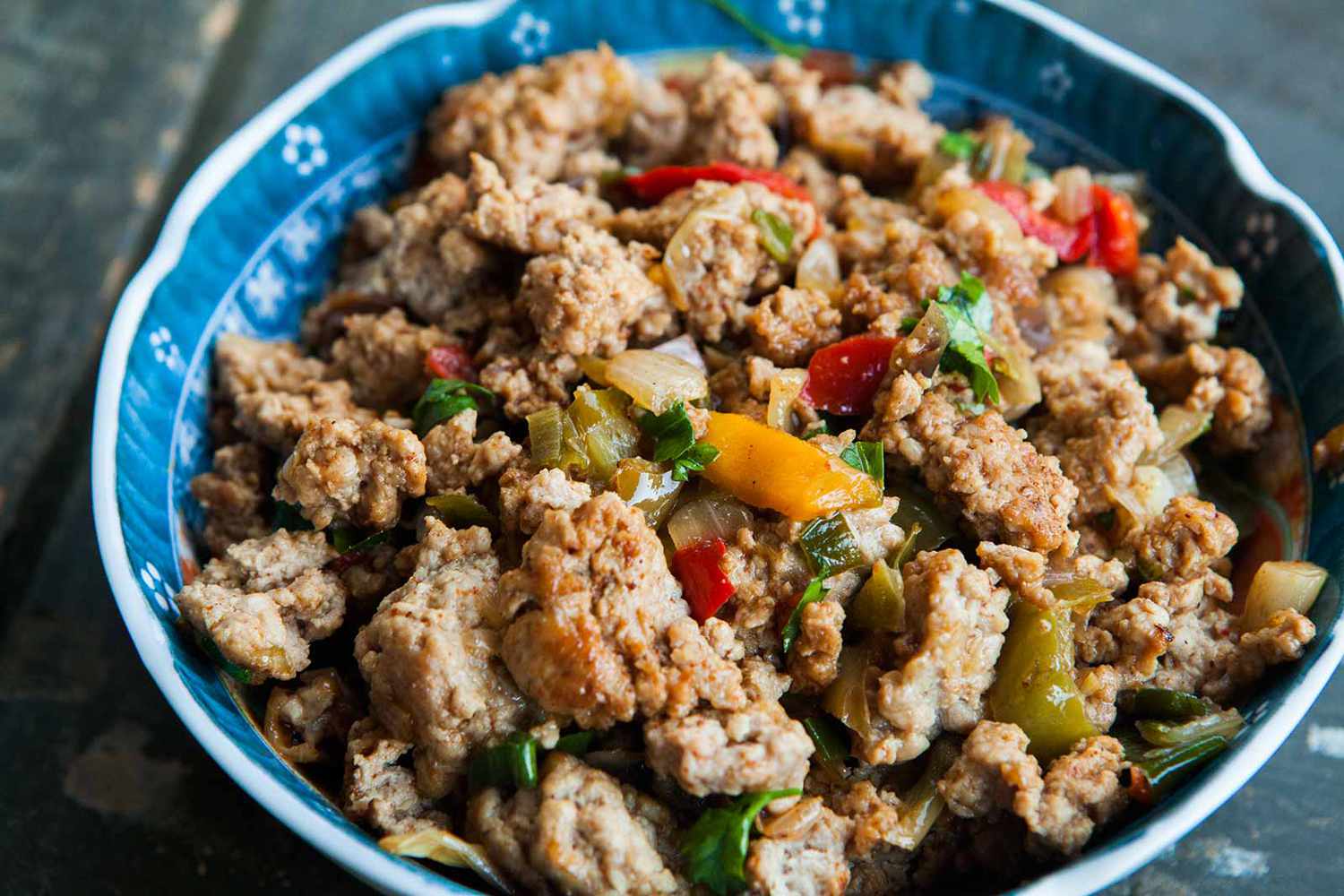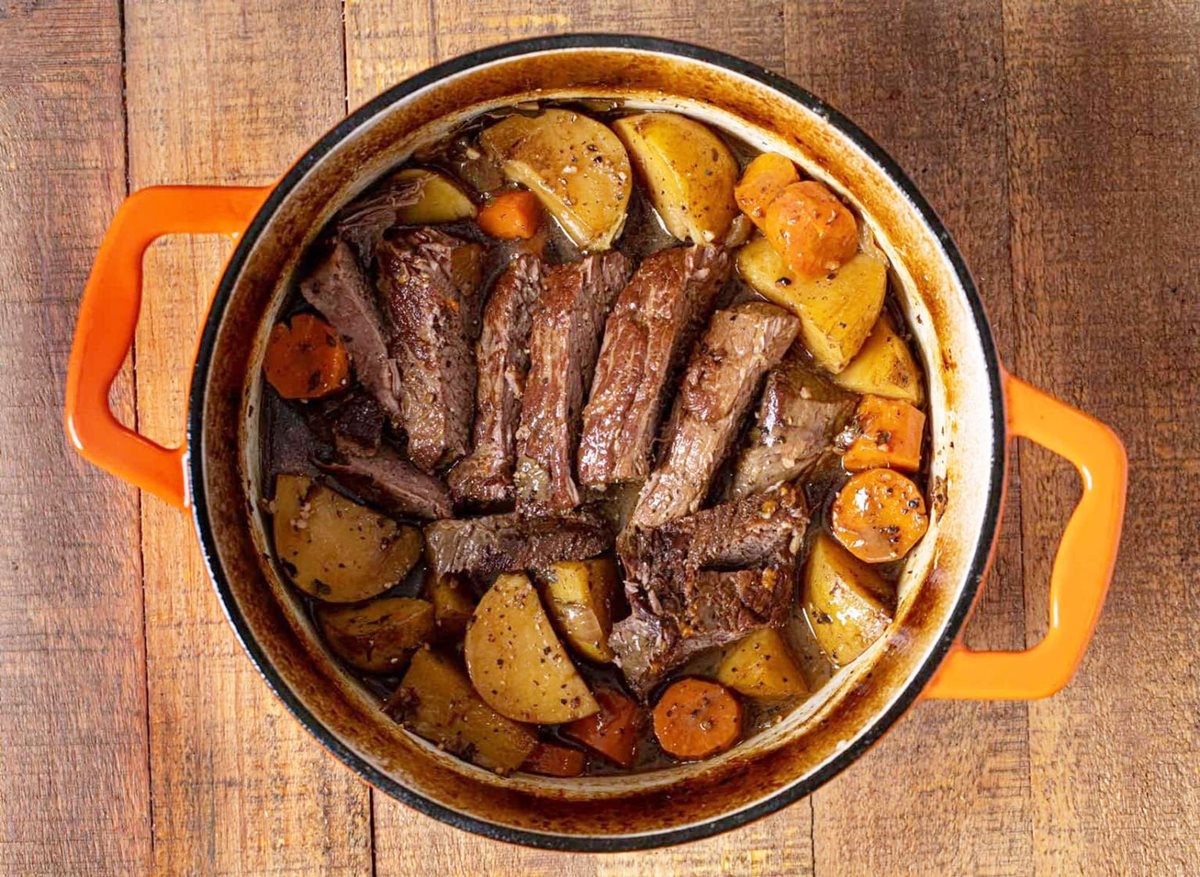Introducing Meat into Your Baby’s Diet
As your little one grows, it becomes important to introduce a variety of nutrient-rich foods into their diet. One such food group is meat, which is packed with essential proteins and vitamins. However, cooking meat for your baby requires a few considerations to ensure it is safe and suitable for their delicate system. In this article, we will discuss some tips and techniques on how to safely cook meat for your baby and make it oh-so-delicious!
Choosing the Right Meat
When it comes to choosing meat for your baby, it’s essential to opt for lean, tender cuts. Tender meat is easier to chew and digest for infants. Good choices include chicken breast, turkey, beef tenderloin, or lean pork. Ensure the meat is fresh and free from any additives or preservatives. Organic or grass-fed options are even better, as they tend to have higher levels of healthy fats, such as omega-3 fatty acids.
Preparation and Cooking Techniques
Before cooking the meat, it is crucial to remove any skin, bones, or excess fat. Babies are still developing their chewing skills, so it’s best to keep the texture soft and manageable. Here are a few cooking techniques to try:
- Boiling: Boiling meat in unsalted water is a simple and easy way to cook it for your baby. Ensure that the meat is thoroughly cooked and tender. You can then cut it into smaller, bite-sized pieces or even puree it for younger babies.
- Baking or Roasting: Baking or roasting meat is another excellent cooking option. Season the meat with a pinch of salt and some baby-friendly herbs and spices for added flavor. Remember to cook it until tender and make sure there are no pink or raw parts left.
- Steaming: Steaming meat helps to retain its natural flavors and nutrients. Cut the meat into smaller portions and place it in a steamer basket. Steam until fully cooked and tender. You can then cut it into tiny pieces or puree it as per your baby’s age and preferences.
Ensuring Safety and Nutritional Value
When cooking meat for your baby, it’s crucial to follow these safety guidelines:
- Always wash your hands, utensils, and working surfaces thoroughly before and after handling meat to prevent the spread of harmful bacteria.
- Cook the meat at the appropriate temperature recommended by the USDA or your country’s food safety guidelines. This ensures that harmful bacteria are eliminated.
- Avoid adding salt, sugar, or any artificial seasonings to the meat. Infants don’t require added sodium or sugar in their diet.
- If pureeing the meat, you may need to add some liquid (breast milk, formula, or water) to achieve a smooth consistency. Start with small amounts and adjust as needed.
- Always supervise your baby while they are eating meat to prevent choking hazards. Cut the meat into small, manageable pieces that your baby can easily pick up or mash with their gums.
Remember, introducing meat to your baby’s diet should be done gradually. Start with small portions and observe how your little one reacts to it. If there are any signs of an allergic reaction or digestive upset, consult your pediatrician before trying again.
Final Thoughts
Introducing meat into your baby’s diet is a significant milestone in their culinary journey. By choosing the right meat, employing suitable cooking techniques, and ensuring safety and nutritional value, you can create delicious and wholesome meals for your little one. Remember to consult your pediatrician or a nutritionist for personalized advice specific to your baby’s needs. Enjoy exploring the exciting world of meaty delights with your baby!
For parents looking to introduce their baby to delicious and nutritious homemade meals, there's a variety of recipes to explore. Start with the Chicken and Broccoli Puree for a simple yet flavorful dish. Another great option is the Beef and Spinach Puree, which combines iron-rich beef with the goodness of spinach. If you're in the mood for something a bit different, try the Pork and Pumpkin Mash, which offers a delightful blend of sweet and savory flavors. For a unique twist, the Turkey and Apple Stew provides a comforting meal with a hint of sweetness. Lastly, don't miss out on the Beef and Sweet Corn Blend for a hearty and tasty option. Each of these recipes is designed to be both nutritious and enjoyable for your little one.
Was this page helpful?
Read Next: How To Cook Freshwater Bass











